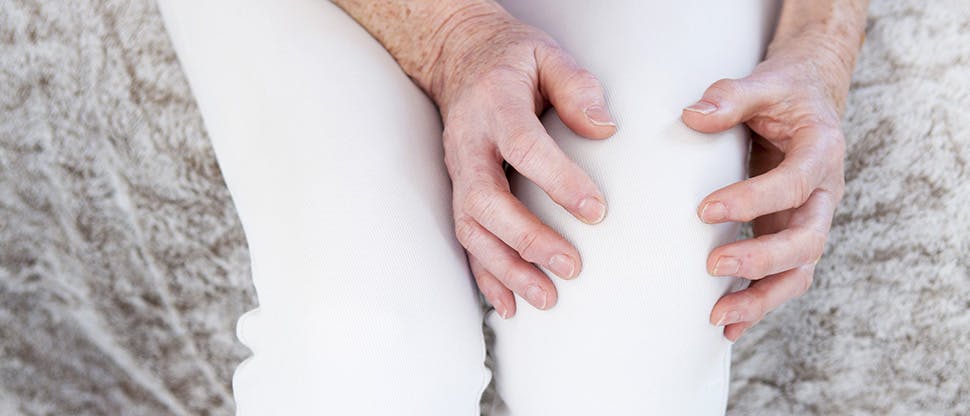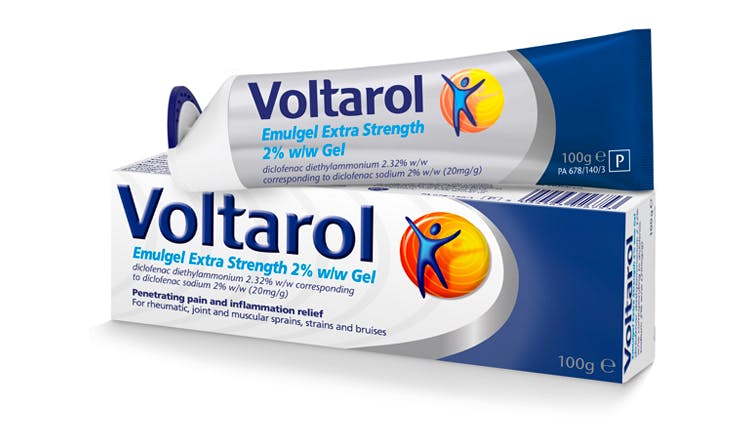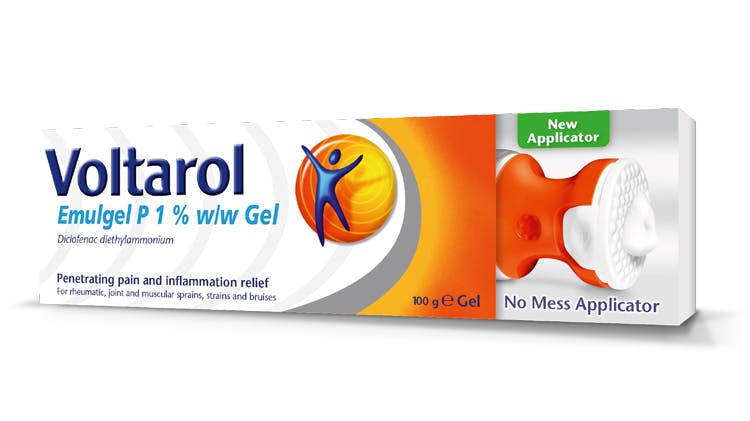Joint pain: Signs and symptoms

Recognising joint pain
Mechanical joint pain, can lead to significant physical1 and psychosocial2 impact for patients.
Here we review the signs and symptoms of mechanical joint pain to help you identify this disorder.

Signs and symptoms of mechanical joint pain
Mechanical joint pain, or activity related pain, most commonly affects the knees, hips and hands.3-5
Knee pain most commonly develops slowly but can also have a sudden onset, and may be aggravated by climbing stairs or rising from a chair.6
Understanding joint pain
Overview of sprains and strains
Find out about how common sprains and strains are, and meet two patients with these problems.
Learn more

Voltarol Emulgel Extra Strength 2% w/w Gel
See how Voltarol Emulgel Extra Strength 2% Gel can help your patients, with just twice daily application.
